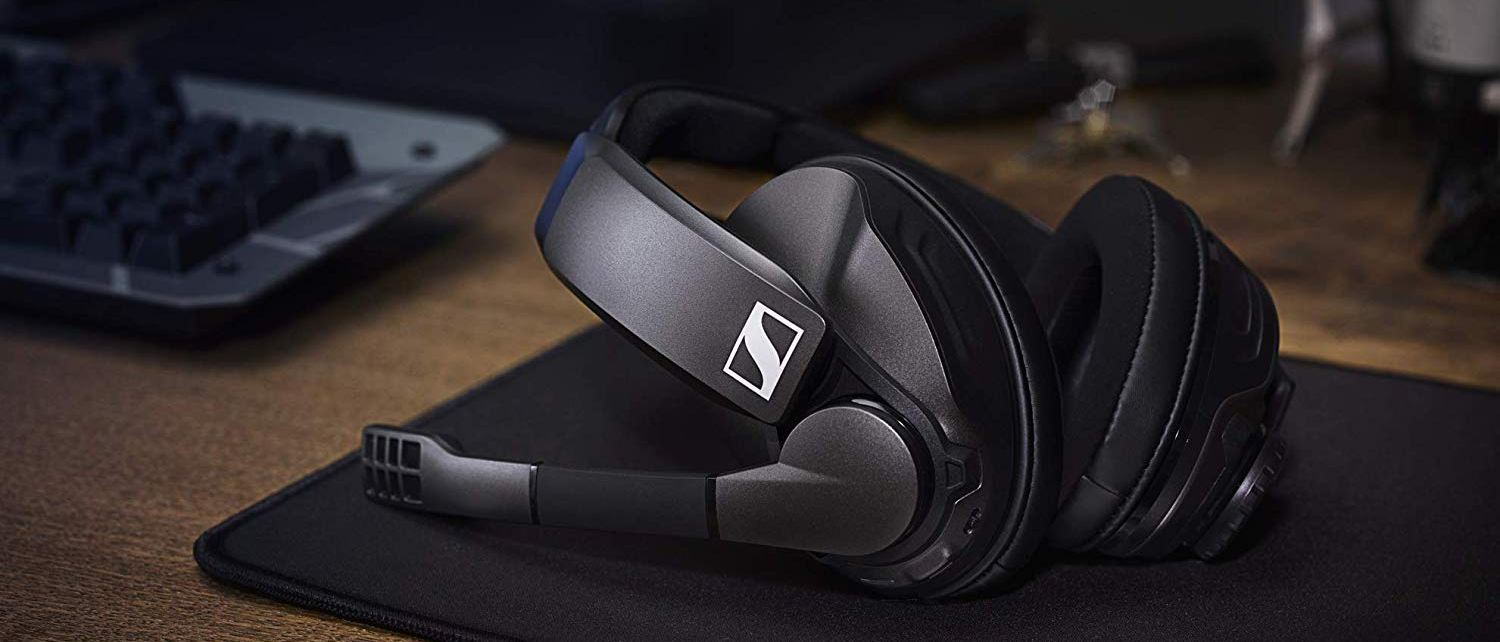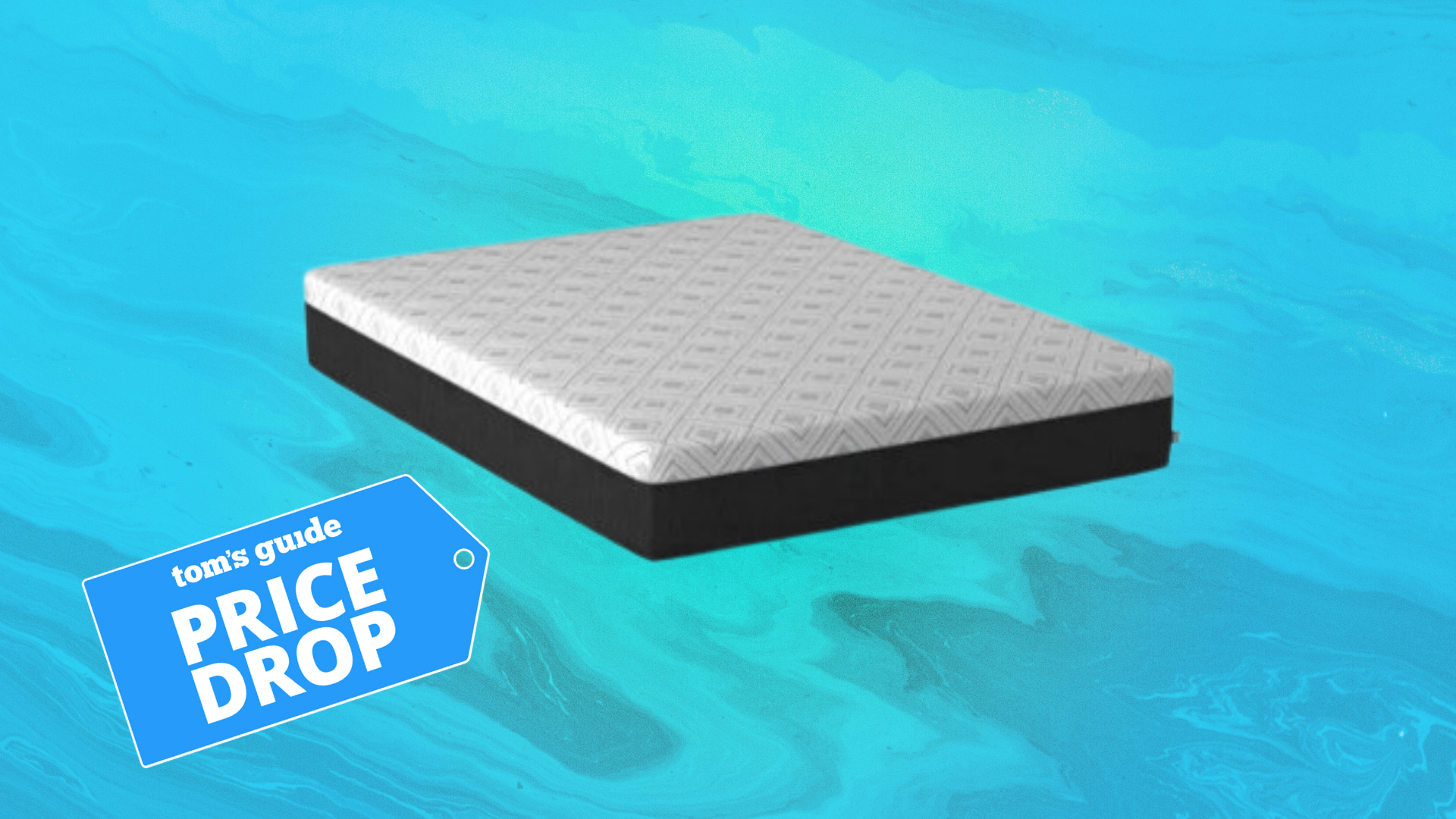Tom's Guide Verdict
The Sennheiser GSP 370 headset sounds fantastic, but it's expensive, awkwardly designed and easy to break.
Pros
- +
Excellent sound
- +
Comfortable design
- +
Long battery life
Cons
- -
Ear cups feel loose
- -
Software can brick the headset
- -
Expensive
Why you can trust Tom's Guide
I wanted to like the Sennheiser GSP 370 headset ($200). I really did.
Sennheiser has been my go-to audio-headphone brand for more than a decade. The company's products sound phenomenal and look stylish, and you pretty much can't break them. But the GSP 370 nails only one of those three criteria.
Yes, the Sennheiser GSP 370 sounds fantastic, with a balanced flat profile and lots of ways to customize the equalization to your liking for music, movies and competitive games. But it's also expensive, awkwardly designed and reliant on totally broken software.
If you use the GSP 370 as directed, there's a non-zero chance that you'll brick it entirely, which is a tough caveat to overcome.
When the GSP 370 was firing on all cylinders, I enjoyed Sennheiser's signature sound and the headset's simple wireless connectivity. But something also went wrong at almost every turn, making me eager to get back to my usual Logitech G533.
Consider buying the Sennheiser GSP 370 if you can find it on sale and aren't afraid of doing a little DIY firmware repair. Otherwise, it's probably best to look elsewhere.
Design
I'm not sure whether the GSP 370 has an industrial-chic look, or is just overdesigned. The black plastic chassis contains a lot of rounded angles, with ovular ear cups, a padded open headband and a big, bulky, nonremovable microphone on the left ear cup.
Get instant access to breaking news, the hottest reviews, great deals and helpful tips.
The mic is particularly ugly — something removable or retractable would have been much more convenient — but because the headset isn't really intended for use outside of the house, it's not much of a practical concern.
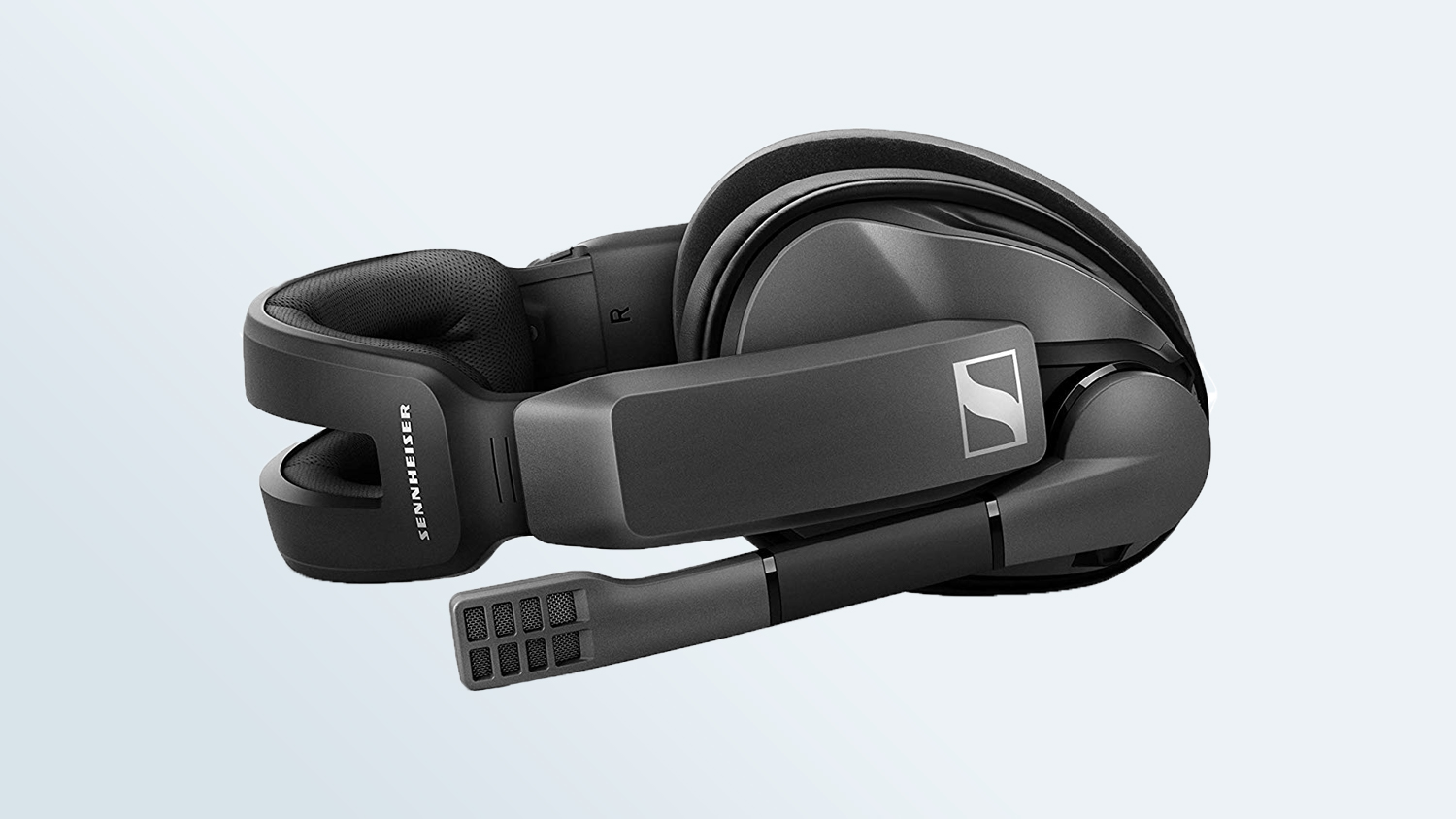
There's a power button on the left ear cup with a useful secondary function. If you press the button once, it'll turn the gadget on. If you press it a second time, it'll tell you how much battery is left with a color indicator (dark green for full charge, then light green, yellow, orange and red as it drains). It's a cool feature and removes the need to deal with complicated software just to get a battery check.
On the right ear cup, there's a comfortable volume dial — and that's about it. Many other gaming headsets include mic mutes, game/chat mixers, programmable buttons and colorful LED strips, and I admire the GSP 370's simplicity.
At the same time, you're not really getting a whole lot of bells and whistles for your $200. The headset comes with a wireless dongle, a charging cable and nothing else.
Comfort
The GSP 370 isn't uncomfortable, exactly, but it is hard to get a good fit. The ear cups' large size and unusual shape make it difficult to get a seal around the ears. Even though the GSP's plush ear cups and padded headband don't press down too tightly, it always feels like the headset is on the verge of tilting forward, or even falling off.

The GSP 370 has adjustable notches, although they're rather high up on the headband, rather than right next to the ear cups as in most competing headsets. This means that while you can get a precise fit around your temples, it's much harder to customize the fit around your ears.
I handed off the device to a co-worker, who generally agreed with my assessment. He also found it very difficult to get the ear cups to fit properly — although he took his criticism a step further and said he found the headset uncomfortable overall as a result.
Gaming performance
The GSP 370 sounds excellent with just about any game. I tested the headset with a variety of games, including Overwatch, Age of Empires II: Definitive Edition, Thronebreaker: The Witcher Tales and Final Fantasy XIV. Whether set to a flat profile or a gaming equalization, whether in stereo or surround sound, whether on a PC or a PS4, the GSP 370 sounded great.
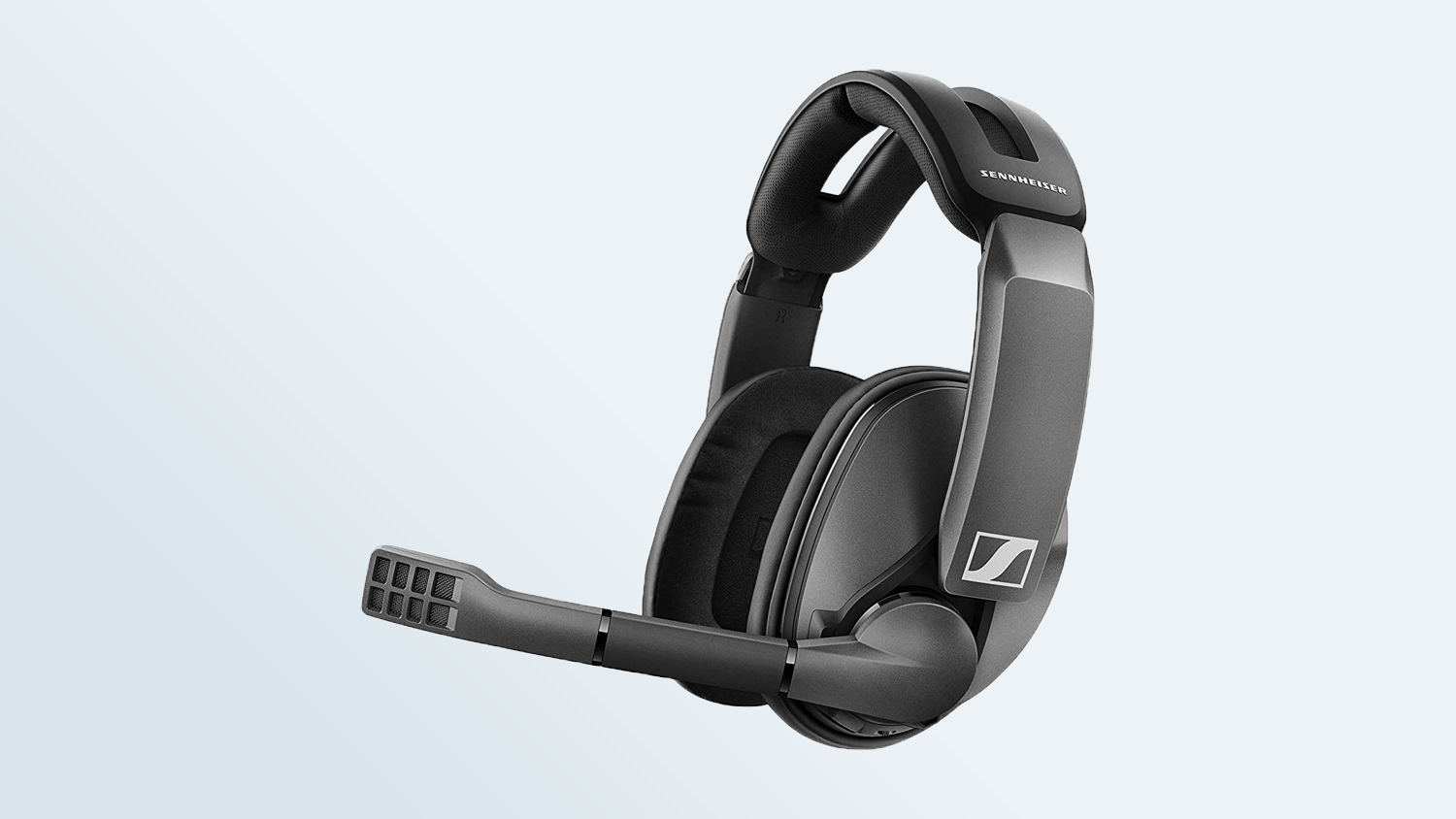
In Overwatch, I could pinpoint my foes' locations from their footsteps. In Age of Empires, every battle cry and sword slash resounded. In Thronebreaker, the dialogue came through clear and true. In Final Fantasy XIV, the orchestral soundtrack rose and swelled at all the appropriate points. The GSP 370 can sound very impressive, especially if you're willing to dive into the software and do a little tweaking yourself.
Features
However, diving into the software is hardly a painless experience. In fact, there's a risk that you may break the GSP 370 irreparably. I nearly did.
To get the most out of the GSP 370, you'll have to download the Sennheiser Gaming Suite for your PC. The software is a little bare-bones compared with software packages like Razer Synapse and the SteelSeries Engine. Unlike the Sennheiser Gaming Suite, each of those programs lets you create individual profiles for games and sync your headsets with related keyboards and mice.
Still, in theory, the Sennheiser software works well enough. You can switch between stereo and 7.1 surround sound, as well as select from preprogrammed equalization options or create your own. One nice touch is that you can control the level of reverb on surround sound, which I've never seen before, even though many headsets sorely need it.
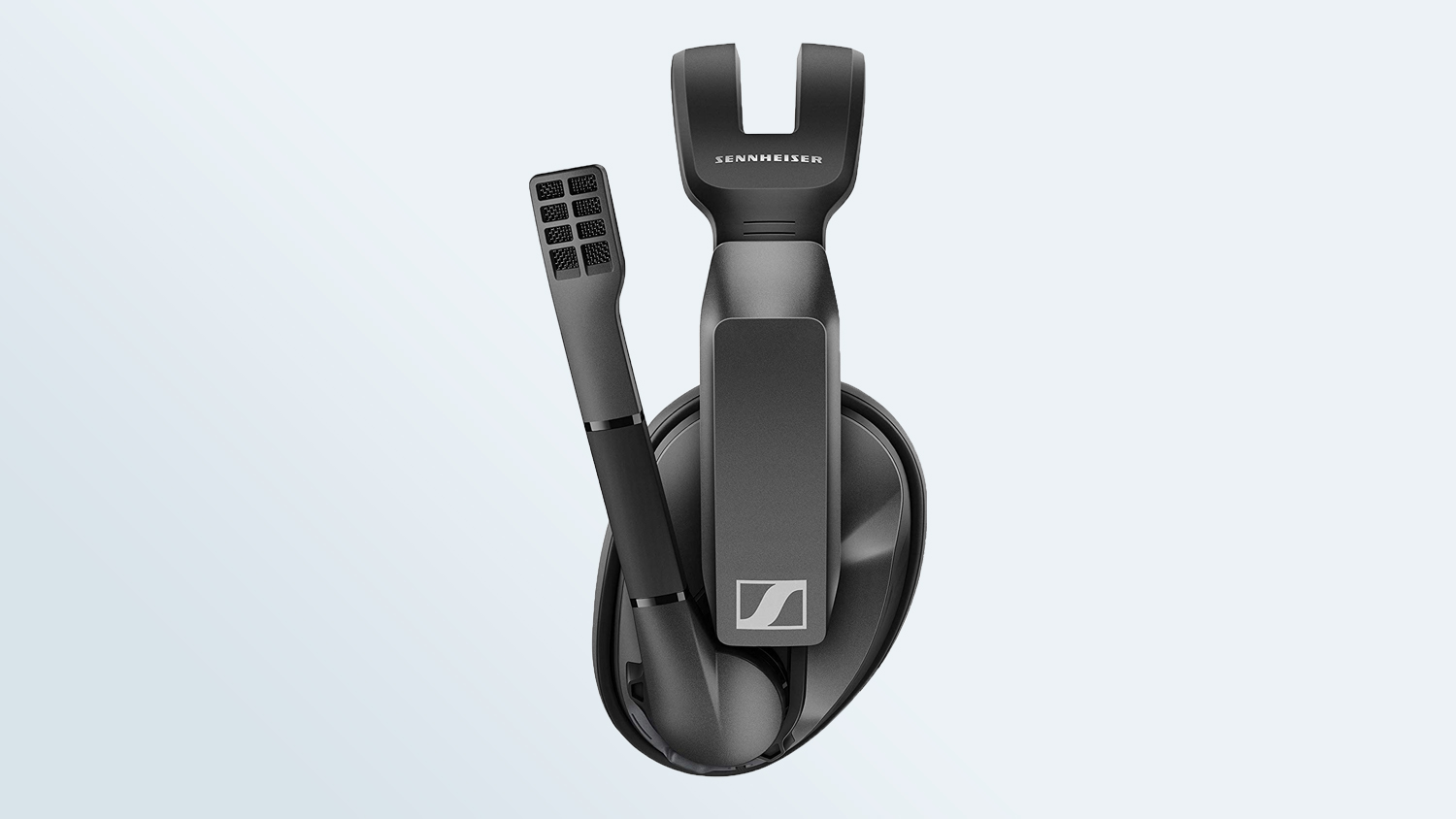
Problems start cropping up once you hit the microphone section. The mic itself is pretty good, recording clear voices without much background noise. You can even set up noise gates and ambient-noise pickups to customize the mic to your gaming space.
That's all good in theory, but once you start toying with a mic, there's a chance it will cut out entirely. I tried this on two separate systems just to confirm the scope of the problem, and on both, the mic would occasionally cut out completely after I changed the sound profile, or even just tried to mute and unmute it. Restarting the PC sometimes helped, and sometimes didn't.
Thinking this might be a firmware problem, I went into the settings menu and tried to update the dongle and the headset. The instructions told me to unplug the headset, then plug it back in — which I thought was odd, since the GSP 370 is wireless, and I didn't have it plugged in to begin with.
But while I was searching for the USB cable, the process timed out, and the GSP 370 refused to turn on anymore. The device had bricked itself in the middle of a firmware update. The headset wouldn't power up, even if I plugged it in; my computer wouldn't recognize the dongle, either.
Sparing you the long, complicated story of how I got it fixed, I eventually found a semiofficial patch in a Reddit thread. That also didn't work completely, so it's a minor miracle that I eventually got both the headset and dongle fully updated. I don't think every user would be so lucky, or so tenacious.
That the software can brick the headset is damning enough, but it's indicative of a general sense that the software didn't go through very rigorous quality control. (You can modify the "ambiant" sound that the mic picks up, for example.) Granted, the GSP 370 doesn't strictly need the software, but it's where a lot of the device's unique features live, and you risk the whole headset if you use it (im)properly.
At least the battery life is impressive. Sennheiser claims you can get up to 100 hours out of a single charge. While I didn't use it for that long, I did find that the battery drained slowly, and after about a week's worth of usage, I had used only 45% of the available juice. The 100-hour life span probably depends on your own usage habits, but it's not a bad estimate.
Music performance
Sennheiser made its name as a top-notch audio company, so it's no surprise that the GSP 370 sounds great for music. I fed it tracks from Old Crow Medicine Show, Flogging Molly, The Rolling Stones and G.F. Handel, and it all sounded gorgeous.
From the rich, balanced instruments in the punk ballad "Salty Dog" to the strong bass in the bluegrass tune "Carry Me Back to Virginia," every song had an immediacy and vibrancy that's usually hard to find in gaming headsets. It's just a shame that the device won't work with mobile phones, so you won't be able to listen to your music on the go.
Bottom line
The GSP 370 gets the primary thing about a gaming headset right: It provides excellent sound. As an added bonus, its music performance is just as good as its gaming chops, which is rare. It's also not uncomfortable to wear for long periods of time.
But in spite of nailing the fundamentals, the headset also gets a lot wrong. The design is unattractive and makes it hard to find a good fit. You can't fine-tune that many audio options — and the ones you can fine-tune run the risk of destroying the headset, perhaps beyond repair.
At $200, the Sennheiser GSP 370 is simply a tough recommendation, particularly since you can get much better wireless headsets for less money: the SteelSeries Arctis 7, for example, at $150, or the Corsair Virtuoso RGB Wireless at $180. The GSP 370 isn't without its charms, but if you pick one up, handle it with care.

Marshall Honorof was a senior editor for Tom's Guide, overseeing the site's coverage of gaming hardware and software. He comes from a science writing background, having studied paleomammalogy, biological anthropology, and the history of science and technology. After hours, you can find him practicing taekwondo or doing deep dives on classic sci-fi.
